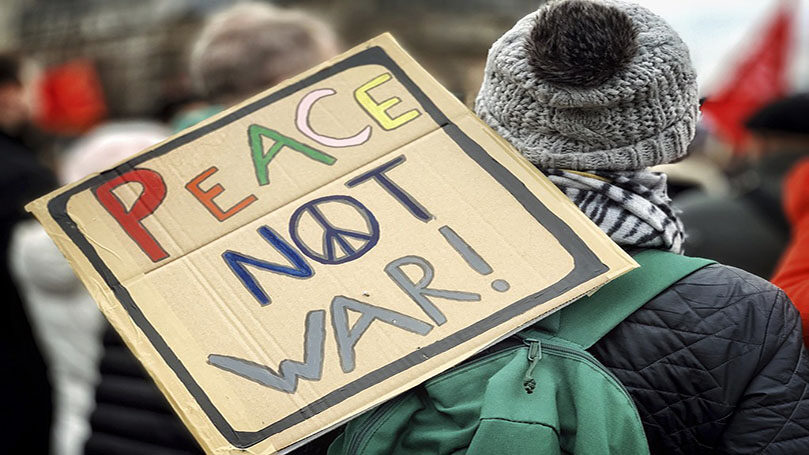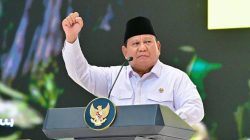The Rise of International Cooperation After World War II
Following the conclusion of the Second World War, the Western world, led by the United States, took a proactive approach to establish a network of government organizations and international bodies. This initiative was driven by the belief that such cooperation would help prevent future conflicts and foster peaceful relations between nations for mutual prosperity. Several key organizations were created during this period, with the United Nations (UN) being the most prominent. Under the UN, various specialized agencies and programs were developed to address different subject areas, tasks, and geographic regions.
Other significant multilateral organizations emerged alongside the UN. These include the World Health Organization (WHO), the World Trade Organization (WTO), the United Nations Children’s Fund (UNICEF), and the United Nations Educational, Scientific and Cultural Organization (UNESCO). UNESCO’s constitution, adopted in 1945, emphasizes the importance of building peace in the minds of people, stating: “Since wars begin in the minds of men, it is in the minds of men that the defences of peace must be constructed.” In 1948, the UN adopted the Universal Declaration of Human Rights, marking a significant step toward global human rights standards.
In 1949, the North Atlantic Treaty Organization (NATO) was formed by the United States, Canada, and nine European countries. Today, NATO has 32 member states and stands as the largest defense organization in the world.
Decolonization and Post-War Alliances
The end of WWII also marked the decline of Western imperial systems. Many former colonies fought for independence, leading to the creation of new sovereign states. India and Pakistan gained independence from British rule in 1947, followed by numerous Asian and African countries in the 1950s and 1960s. Similar to how European countries were tied to the U.S. through the Marshall Plan, many newly independent nations in the Third World became closely connected to Europe and North America through development aid programs.
Some non-aligned countries developed closer ties with the Soviet Union, reflecting the geopolitical shifts of the time. Meanwhile, the World Bank Group, including the International Bank for Reconstruction and Development (IBRD) and the International Development Association (IDA), was established to provide financial support to developing countries. Though officially a UN agency, the IBRD operates independently from its headquarters in Washington, D.C., located near the International Monetary Fund (IMF).
The Evolution of the European Union
The European Union (EU), initially known as the European Economic Community (EEC), was founded in 1957 by six central European countries. It has since expanded to include 27 member states. Countries like Norway, Switzerland, and the UK have cooperation agreements with the EU despite not being full members. In 2012, the EU was awarded the Nobel Peace Prize for its contributions to peace, reconciliation, democracy, and human rights.
The EU’s primary goal has been to promote economic cooperation and integration, eliminate trade barriers, and create a common market. The adoption of the Euro currency by many member states has further strengthened economic unity. While defense is primarily managed by NATO, some advocate for the EU to take a more active role in security and defense matters.
Challenges and Regional Organizations
Despite its successes, the EU has faced challenges, including conflicts in the Balkans and the ongoing war in Ukraine. Some argue that if Ukraine had been a member of the EU or NATO, the conflict might have been avoided. However, NATO’s expansion is seen as a red line by Russia, highlighting the need for deeper dialogue between Europe and Russia to foster peaceful relations.
Other key European organizations include the Council of Europe, which promotes human rights, democracy, and the rule of law. Established in 1949, it now includes 46 member states. Russia and Belarus are currently suspended due to their actions in Ukraine and governance issues, respectively.
The Organisation for Security and Cooperation in Europe (OSCE), founded in 1975, plays a critical role in promoting security and cooperation across Europe, Central Asia, and North America. With 57 member states, the OSCE has become increasingly important following the dissolution of the Soviet Union. Its focus includes improving relations with Russia, addressing the long-term impact of the Ukraine conflict, and supporting reconstruction efforts.
The Role of Non-Governmental Organizations
While most international organizations are government-led, NGOs and other civil society groups have also played a significant role. These organizations often participate in UN activities, preparing reports, implementing projects, and acting as watchdogs on issues such as women’s rights, environmental protection, and climate change. Their contributions have often preceded or complemented those of the UN.
A Western-Oriented Global System
The majority of post-WWII international organizations are Western-oriented, with Europe and North America leading the way. This structure was necessary after the devastation of two world wars but has sometimes resulted in a bias toward Western interests. Efforts to modernize and reform these institutions have been challenging, with some arguing that certain organizations have outlived their usefulness.
Looking ahead, emerging powers such as China and the BRICS nations may challenge the dominance of Western-led institutions. However, the West is likely to maintain a significant role in global affairs. As old organizations are reformed or replaced, and new ones are created, there will be a growing need for greater inclusivity, democratic governance, and ethical standards. The goal remains to build effective global and regional organizations that can prevent conflicts, promote prosperity, and ensure a more inclusive and peaceful world.







